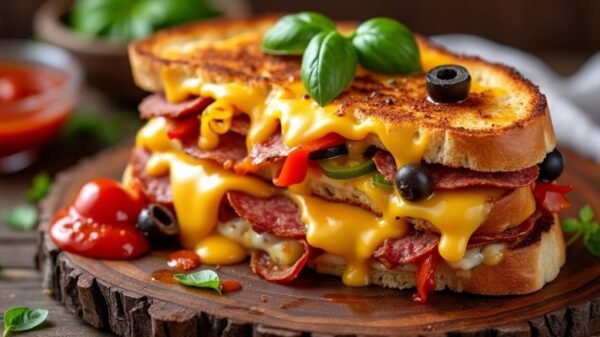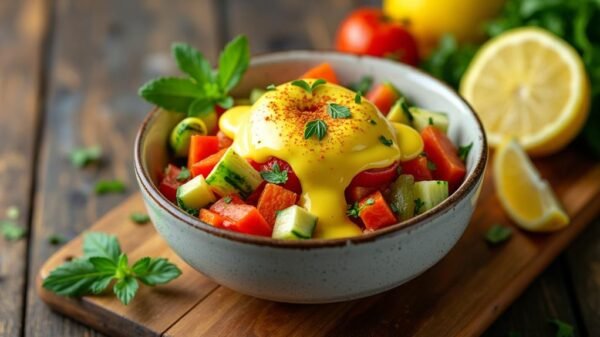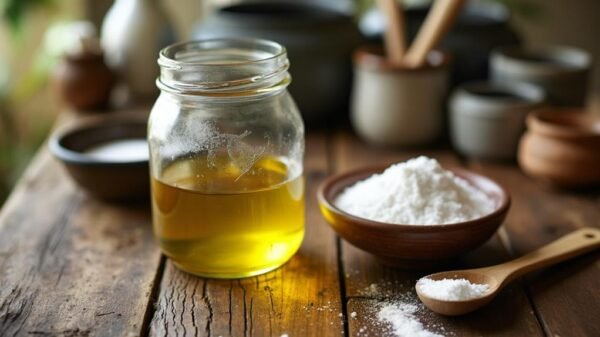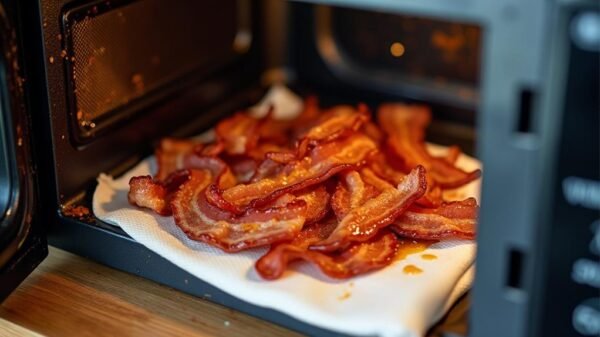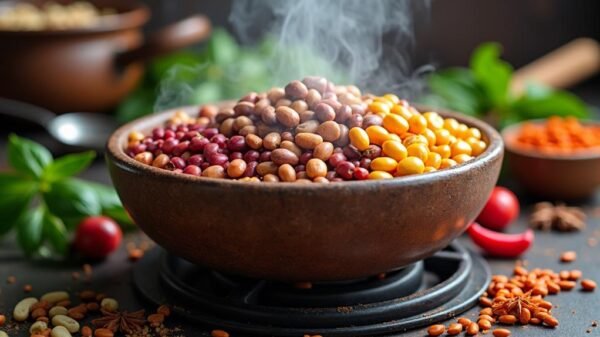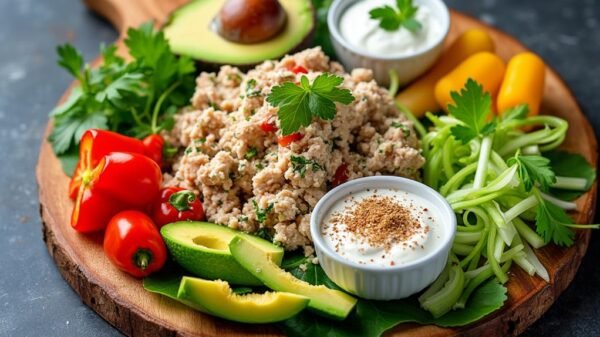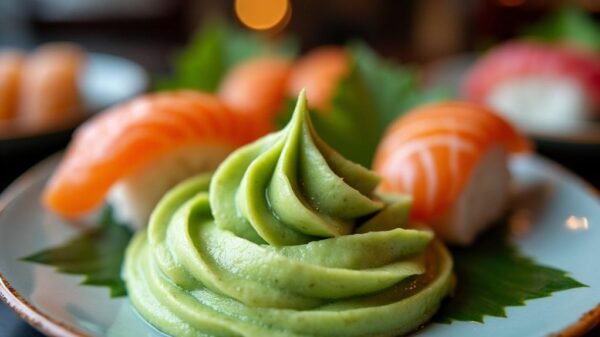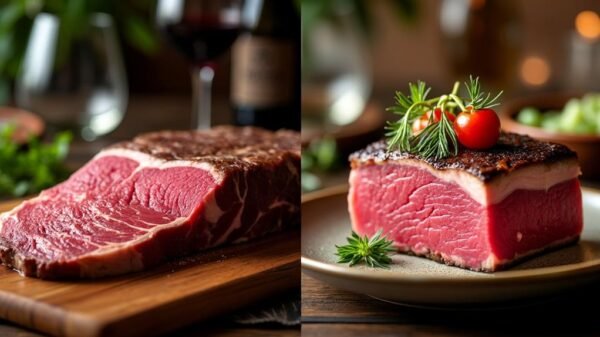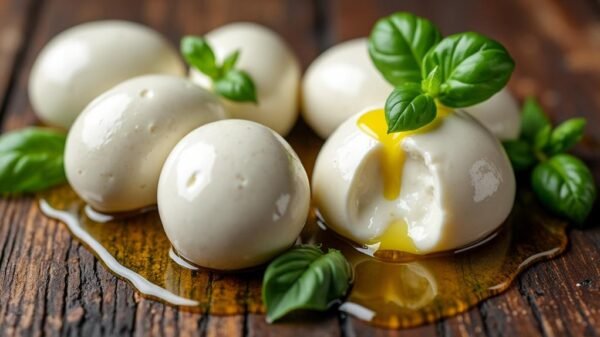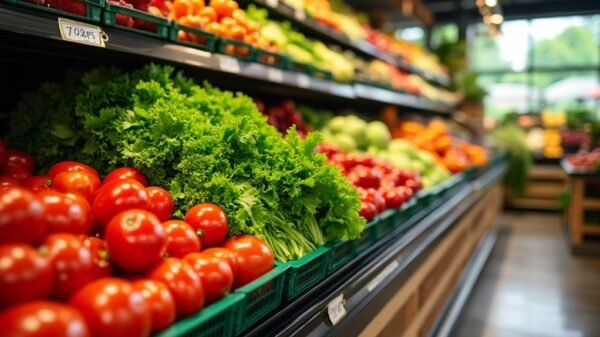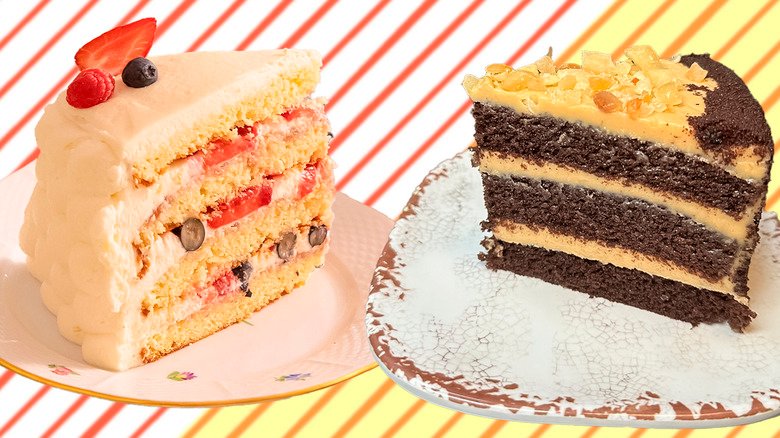Have you ever found yourself in front of a donut display, perplexed by the choice between a classic donut and a cake donut? You’re not alone.
The distinction between these two types of donuts goes far beyond their taste and texture; it’s rooted in their composition and preparation. While you might gravitate towards one based on personal preference, a fascinating world of culinary science explains why each type offers a unique eating experience.
As we investigate the yeast versus cake donut problem, you’ll unveil the secrets behind their differing delights and why understanding these nuances could enhance your next donut indulgence.
Donut vs. Cake Donut Key Takeaways
- Yeast donuts are fluffy and chewy due to gluten and fermentation, unlike dense and soft cake donuts.
- Cake donuts, made with baking powder, require no proofing and offer quick preparation and consumption.
- The taste of yeast donuts includes a hint of fermentation, while cake donuts easily absorb flavors and moisture.
- Historical evolution shows yeast donuts date back centuries, while cake donuts emerged with the invention of baking powder.
Yeast Vs. Cake Donuts
When deciding between yeast and cake donuts, you choose between a light, airy treat and a denser, moist delight. With their brioche-like dough, Yeast donuts undergo a meticulous process of mixing, kneading, and proofing, akin to crafting French loaves. This preparation paves the way for a donut that’s not just about taste but an experience, marked by its fluffy texture and a subtle hint of fermented flavor.
Conversely, cake donuts bring their charm with a denser body courtesy of baking powder. Their quick mix-and-fry method makes them a go-to for those seeking immediate satisfaction.
Diving into donut history, you’ll find that yeast donuts have been tantalizing taste buds for centuries, whereas cake donuts, with their baking powder magic, are a more modern delight. Homemade donuts allow you to experiment with donut glazing ideas, whether you lean towards the traditional or the innovative.
Taste and Texture
Diving into the world of donuts, you’ll quickly notice that yeast varieties boast a light, airy texture, contrasting sharply with the denser, crumbly feel of cake donuts. Yeast donuts shimmer with a smooth, glazed finish, while cake donuts, often powdered with sugar, offer a hearty bite. Their taste profiles diverge too; yeast donuts carry a subtle, fermented undertone, enriching their flavor, whereas cake donuts lean towards a sweeter, more pronounced cake-like taste.
Here’s a quick comparison to help you distinguish between the two:
| Feature | Yeast Donuts | Cake Donuts |
|---|---|---|
| Texture | Light & Airy | Dense & Crumbly |
| Taste | Subtly Fermented | Sweet & Cake-like |
| Surface | Smooth, Ideal for Glazing | Crumbly, Great with Powdered Sugar |
Innovations in donut recipes, from unique glazing techniques to novel ingredient additions, have further broadened the taste and texture spectrum. With their puffy bodies, yeast donuts are perfect canvases for filled delights, oozing with jams or creams. Cake donuts, on the other hand, benefit from baking techniques that incorporate flavors directly into the batter, offering a delightful crunch when bitten into. Whether you’re a fan of the classic glazed or the richly filled, the world of donuts promises a tasty adventure.
Preparation Process
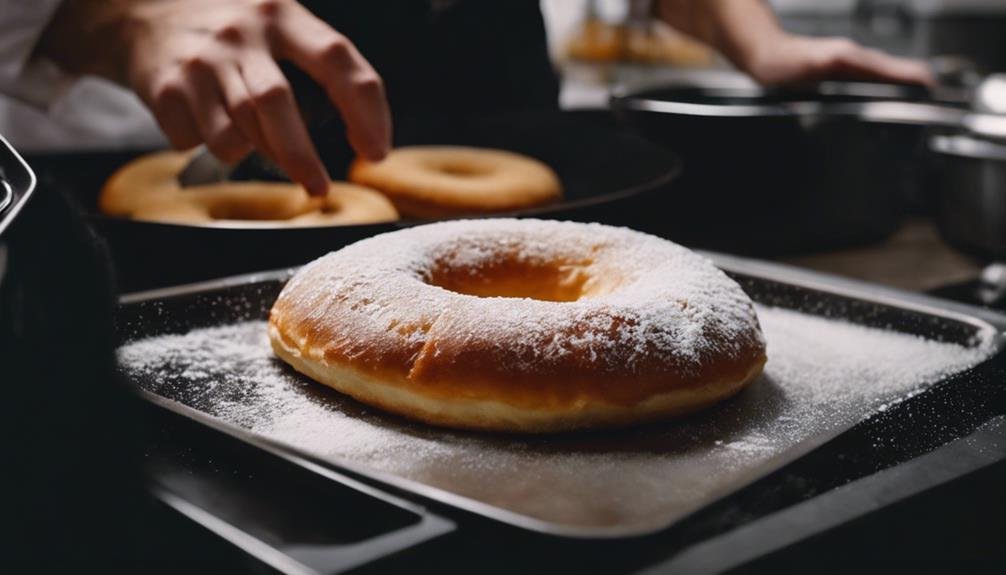
Exploring the preparation process reveals that yeast donuts require a careful mix of ingredients and an extended proofing period to achieve their characteristic fluffy texture. In contrast, cake donuts come together quickly with the help of leavening agents like baking powder, making them an instant treat ready for frying.
- A bowl of flour, sugar, and yeast patiently waits for its turn to transform into a fluffy, airy declaration.
- The quiet, almost magical period of proofing, where dough slowly rises, promising a tender chewiness.
- A vibrant dance of cake donut batter and baking powder creates bubbles that promise a dense yet tender crumb.
- The sizzle of dough meeting hot oil is a pivotal moment in the deep frying process, at which textures are defined.
- Sugar and flour dusting the kitchen counter are remnants of a process driven by the pursuit of the perfect donut texture.
Yeast donuts demand time and patience, relying on fermentation to develop their unique texture and flavor. On the other hand, cake donuts are proof of instant gratification, with baking powder ensuring they’re ready to meet the deep fryer post-haste. Whether you’re in the mood for something light and fluffy or dense and satisfying, understanding these processes gives you the freedom to choose your indulgence wisely.
Dunking and Toppings
Considering the unique qualities of yeast and cake donuts, your choice of dunking partner or topping can greatly alter your snacking experience. With their denser texture, cake donuts are champions at soaking up your favorite coffee or milk, much like tiramisu, enhancing the entire flavor and experience. They invite a liberating plunge into a sea of toppings; thick layers of icing, a sprinkle of nuts, or a shower of sprinkles adhere well, adding a delightful contrast to their soft interior.
On the other hand, yeast donuts present a different scenario. Their lighter, puffier structure doesn’t soak up liquids like cake donuts, maintaining their shape and texture even when dunked. This characteristic makes them less about the soak and more about the taste. Yeast donuts often carry a subtler flavor, usually amplified by a glaze rather than heavy toppings. However, this doesn’t mean they’re any less enjoyable. It’s all about preference and the adventure you’re after.
Whether you’re in the mood for the absorbing experience of a cake donut dunk or the subtle, sweet flavors of a glazed yeast donut, your choice of dunking and toppings can turn a simple snack into a moment of freedom and indulgence.
Historical Background
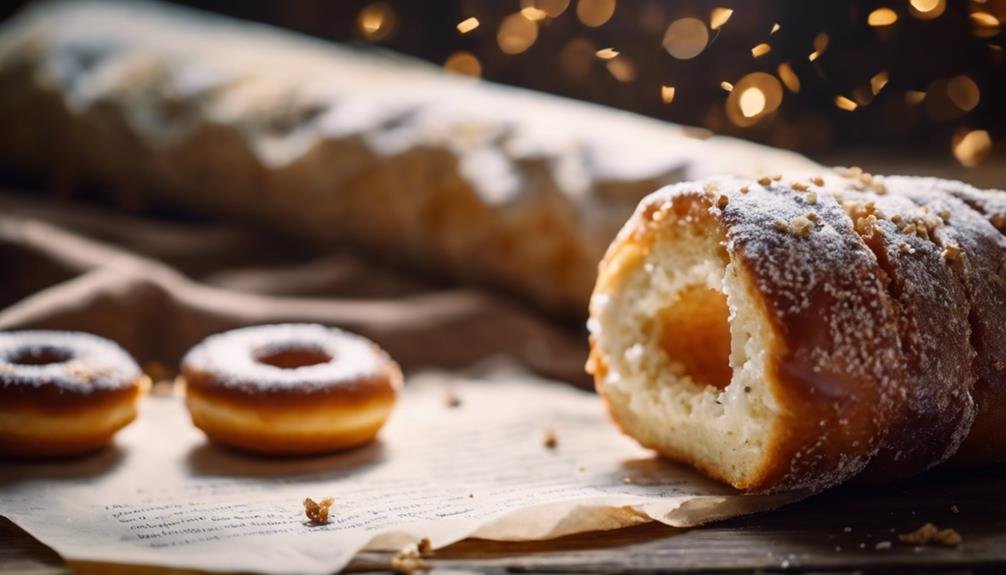
Tracing the origins of your favorite morning treat reveals a tasty slice of history, where yeast donuts paved the way long before cake donuts made their quick and efficient entrance. With their rich, airy texture, Yeast donuts were the first to capture the hearts of doughnut lovers, thanks to Dutch immigrants who brought their culinary traditions to the New World. As the centuries passed, the 19th century witnessed a revolution in the doughnut world with the emergence of cake donuts. This shift was largely due to the introduction of chemical leaveners, marking a significant milestone in the culinary expedition of doughnuts.
Here’s a glimpse into the transformation that led to the doughnuts you relish today:
- Dutch immigrants setting the stage with their hand-crafted yeast donuts
- The bustling streets of 19th-century America, where culinary innovation flourished
- The groundbreaking revelation of chemical leaveners revolutionizing doughnut preparation
- Cake donuts emerging as a symbol of technological advancements
- The culinary expedition from time-intensive yeast donuts to efficient, quick-to-make cake donuts
This voyage through doughnut history highlights the blend of tradition and innovation that has shaped the doughnut into a beloved treat worldwide.
Frequently Asked Questions
What Is the Difference Between a Donut and a Cake Donut?
The main difference between donuts and cake donuts is their texture and ingredients. Cake donuts are denser and softer and perfect for dunking in your morning coffee, while yeast donuts are fluffy, light, and chewy.
What Is the Difference Between the Two Types of Doughnuts?
The main difference between yeast doughnuts and cake doughnuts lies in their texture and method of preparation. Yeast doughnuts are airy and light, requiring kneading and a period of proofing to achieve their fluffiness. In contrast, cake doughnuts are denser and mixed quickly without needing proofing, leading to a distinct taste experience unique to each type.
Are Krispy Kreme Donuts Cake or Yeast?
Krispy Kreme donuts are yeast, not cake. They are crafted from a yeast-raised dough that gives them a light, airy, and slightly chewy texture, and are famous for their iconic glaze and fluffy consistency.
What’s the Difference Between Donut and Doughnut?
The difference between ‘donut’ and ‘doughnut’ lies in the spelling. ‘Donut’ is the Americanized, simplified form, whereas ‘doughnut’ retains the traditional spelling. The two choices often depend on personal preference or regional norms, but both terms refer to the same item.
Conclusion
You’ve traveled through the delicious world of donuts, exploring the unique delights of yeast and cake varieties.
Whether you’re a fan of the airy, fluffy yeast donuts or the denser, richer cake donuts, it’s clear that the choice isn’t just about taste—it’s about tradition, texture, and the magic of baking.
Remember the fascinating differences behind each bite next time you’re faced with this delightful dilemma. Embrace your preference, and enjoy the sweet, satisfying experience only a donut offers.




